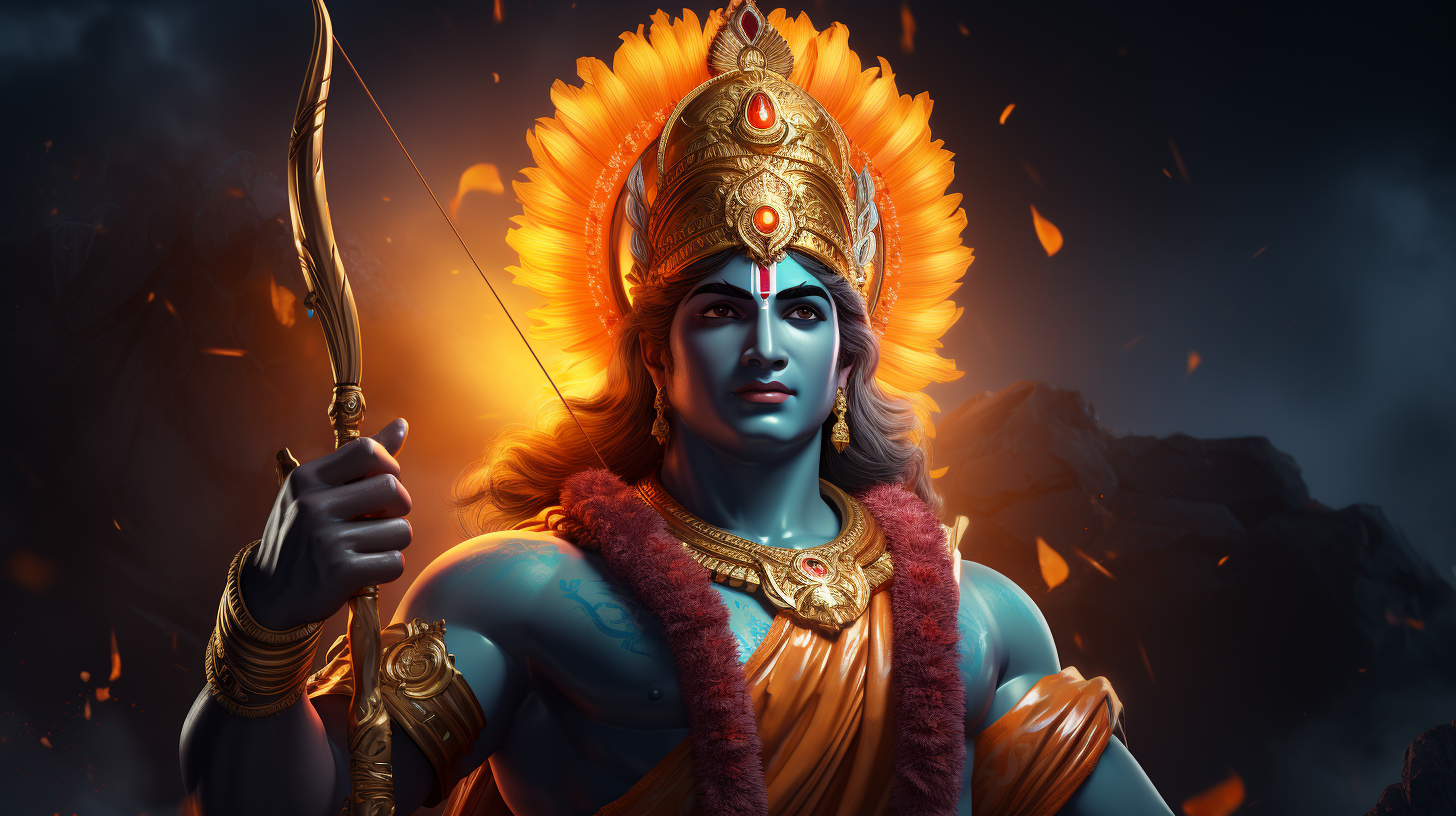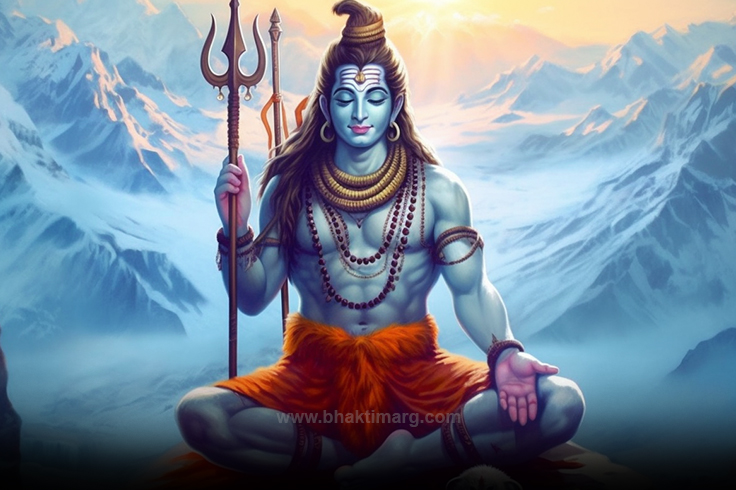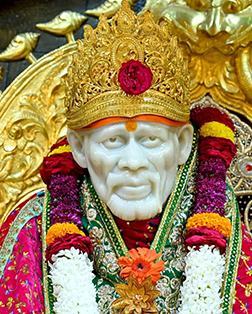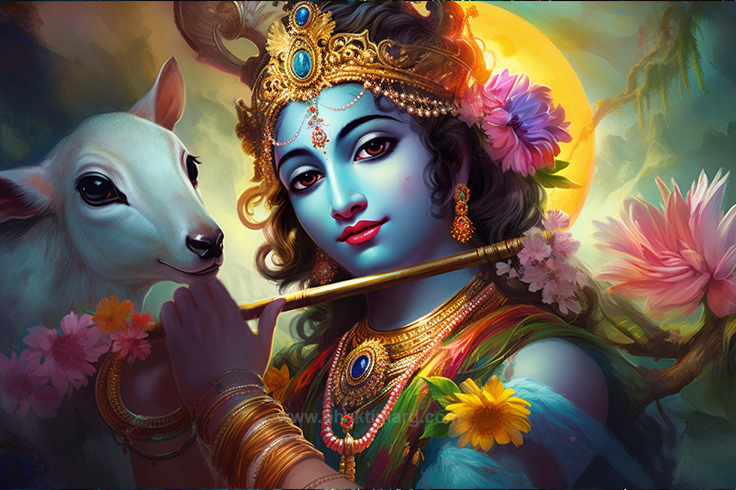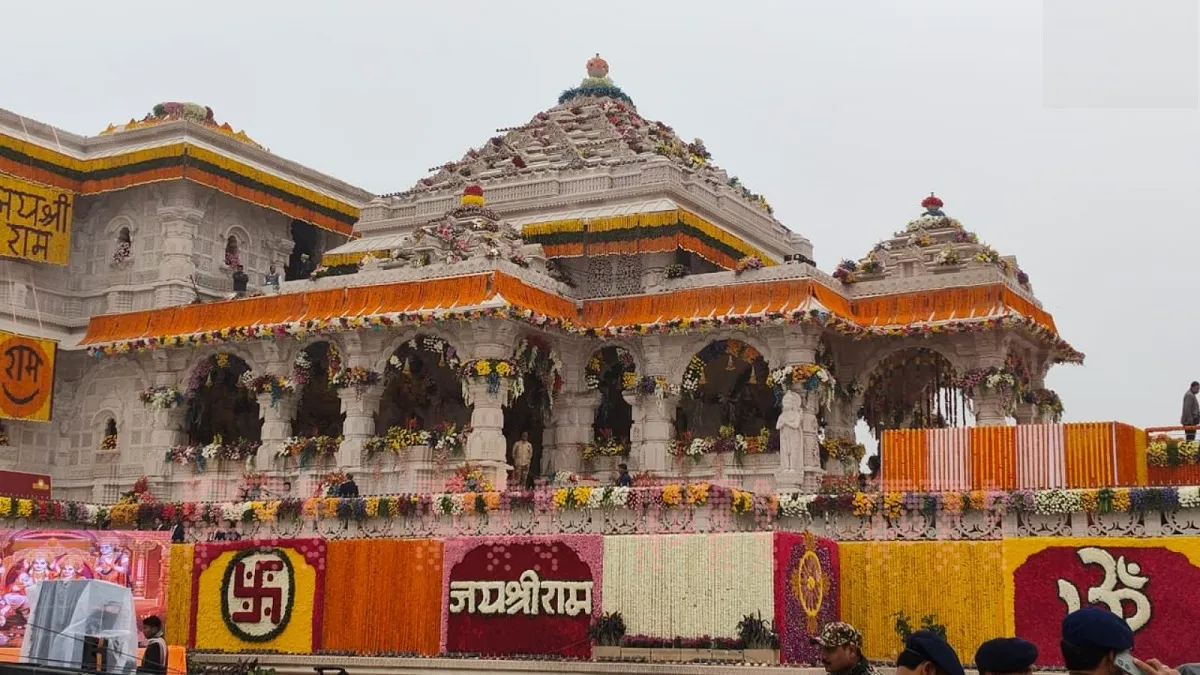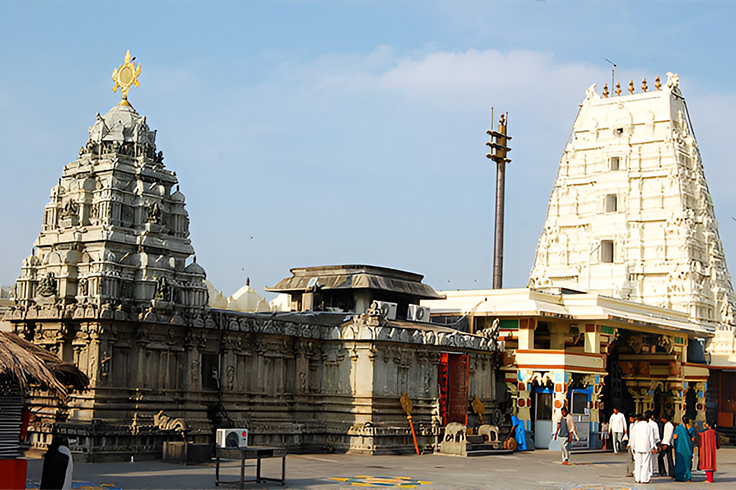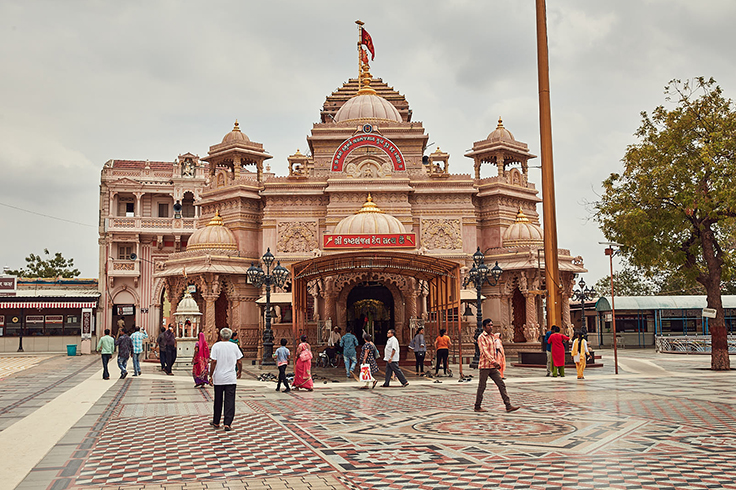
What is the story behind the Vat Purnima festival?
Introduction
India’s vibrant heritage is beautifully reflected through its numerous festivals, each celebrating deep-rooted faith, age-old traditions, and legendary stories passed down through generations. Vat Purnima Vrat, popularly known as Vat Savitri Vrat, is a sacred ritual practiced by married Hindu women to honor the enduring love, unwavering fidelity, and strong bond shared within marriage. Predominantly observed in states like Maharashtra, Uttar Pradesh, Bihar, and Gujarat, this vrat (fast) connects mythology with deep-rooted emotions of commitment.
Vat Savitri Vrat is observed during the Hindu month of Jyeshtha, and its timing varies by region. Some follow the full moon (Purnima), while others observe it on the new moon (Amavasya). In 2025, women will observe Vat Purnima Vrat on June 10, the day of the full moon. On this day, countless women, adorned in traditional finery, will gather under banyan trees (Vat Vriksha), offering prayers and performing rituals that echo the ancient story of Vat Savitri, a tale as timeless as love itself.
What is Vat Savitri Vrat?

Gaining a true understanding of the Vat Purnima Festival begins with exploring the deeper meaning behind the Vat Savitri Vrat. The word “Vat” signifies the banyan tree, a tree that symbolizes strength, endurance, and immortality in Hindu mythology. Savitri is a legendary figure from the Mahabharata, renowned for her unwavering devotion and intelligence, through which she challenged destiny and brought her husband back to life.
During Vat Savitri Vrat, women demonstrate deep devotion through fasting and performing banyan tree worship (bargad puja), praying earnestly for their husbands’ long life, well-being, and joy—reflecting the steadfast faith of Goddess Savitri. Vat Purnima Vrat, though often used interchangeably, typically refers to the observance on the full moon day, mostly in Maharashtra and parts of South India. In contrast, Vat Savitri Vrat on Amavasya is more common in North India.
But the difference is minor. What binds these observances is the unwavering spirit of love and the banyan tree that becomes a symbol of endurance. Women wrap sacred threads around its trunk and recite or listen to the Vat Savitri Vrat Katha, connecting them to centuries of shared feminine strength.
Vat Savitri Vrat Importance

Why do millions of women continue to fast and pray on this day? Why does this tradition endure, even in modern urban settings?
Because the importance of Vat Savitri Vrat goes far beyond ritual. It symbolizes:
- Unshakable marital devotion: Just like Savitri, who challenged death itself for her husband, this vrat becomes a spiritual act of love and loyalty.
- The pursuit of blessings and protection: Women pray not only for their husband’s well-being but also for family harmony, health, and prosperity.
- Spiritual merit: The vrat is believed to cleanse the soul, bring divine favor, and strengthen one’s inner resolve.
This vrat goes beyond mere fasting. It reflects a profound act of love and an unwavering sense of duty and devotion. It’s about channeling the energy of a woman who faced Lord Yama without flinching. It’s a spiritual vow, renewed each year, to protect the sanctity of marriage and nurture it with patience, resilience, and love.
In various homes, the legacy of Vat Savitri is kept alive as elders teach the rituals and narrate the vrat katha to the younger generation, allowing the powerful saga of devotion and triumph over destiny to live on.
Story of Vat Savitri (Vat Savitri Vrat Katha)

The Vat Savitri Vrat Katha is not just a tale. It is the soul of the festival. Its roots lie in the epic Mahabharata, a testament to how mythology and morality often intertwine in Indian traditions.
Here’s the story of Vat Savitri:
Savitri, a princess of unmatched beauty and intellect, chooses to marry Satyavan, a forest-dwelling prince living in exile. Despite warnings from sages that Satyavan has a short life ahead, Savitri’s resolve does not waver. Her love isn’t based on security or convenience. It’s driven by fate and fierce commitment.
Exactly a year after their wedding, while Satyavan is chopping wood in the forest, he collapses in Savitri’s arms. At that moment, Yama, the god of death, appears to take his soul. But Savitri follows him. Her love, eloquence, and purity compel Yama to grant her three boons, none related to her husband’s life.
Savitri asks for:
1. Her in-laws’ eyesight to be restored
2. Her father-in-law’s kingdom to be returned
3. A hundred sons of her own
Yama agrees, but realizes too late that granting her the third boon means restoring Satyavan’s life. Moved by her devotion, Yama blesses her and returns her husband’s soul.
This powerful tale, recited as the Vat Savitri Vrat Katha, is not just remembered but relived every year. It teaches us that real love defies even death, and that women, when anchored in truth and love, can bend the very laws of destiny.
Vat Purnima Vrat and Its Spiritual Symbolism

The Vat Purnima Vrat is deeply symbolic, and every aspect of the ritual reflects cosmic and emotional significance. The banyan tree, known as Vat Vriksha, plays a central role in this festival. Its vast roots and towering branches represent longevity, stability, and resilience—everything a woman prays for in her married life.
Why the banyan tree?
- It is believed to be the abode of the Trimurti—Brahma, Vishnu, and Shiva—making it spiritually potent
- Its ability to grow for centuries without withering symbolizes the wish for a long, fulfilling marital life
- Its intertwined roots reflect the deep connection between spouses, families, and spiritual values
During the bargad puja, women use traditional bargad puja samagri, which includes:
- During the ritual, devotees bind a vibrant red Kalava thread around the sacred banyan tree
- Roli, haldi, and kumkum for tilak
- Diya (lamp) and incense sticks for prayers
- Fruits and flowers as offerings
- A symbolic or real image of Savitri and Satyavan
Women walk in a circle around the banyan tree, known as parikrama, usually seven times, while tying the sacred thread and chanting prayers. The banyan tree silently bears witness to their faith, embracing their quiet prayers and sincere chants.
Vat Purnima is not just about fasting. It is a spiritual alignment. Under the full moon’s soft glow, beneath the ancient tree’s protective canopy, women reaffirm their inner strength and the sacredness of their roles.




